Years active 1940s–2013 Children Willy Rizzo, Jr. Movies Hoffa | Role Photographer Name Willy Rizzo | |
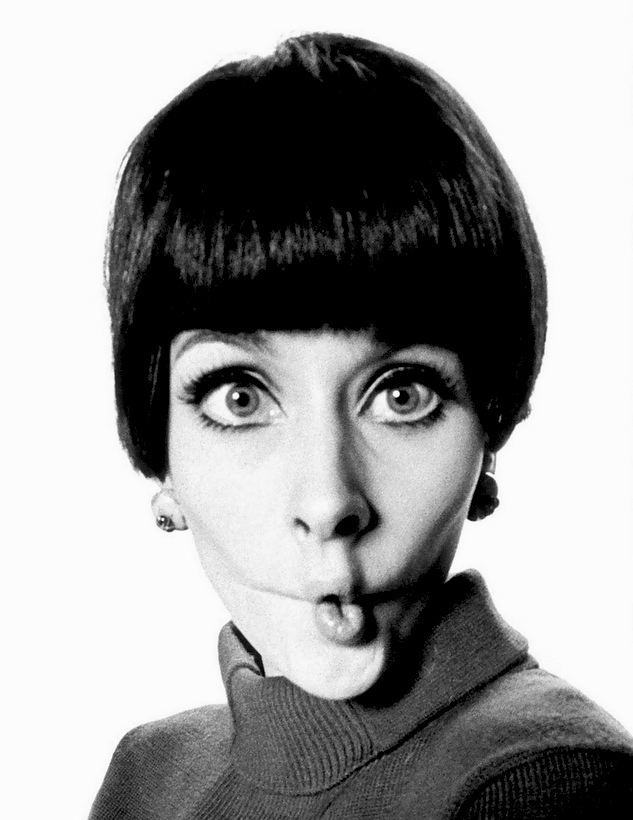 | ||
Occupation Photographer, furniture designer Died February 25, 2013, Paris, France Spouse Dominique Rizzo (m. 1979–2013) People also search for Elsa Martinelli, Cristiana Mancinelli, Danny DeVito, Count Franco Mancinelli Scotti di San Vito | ||
Photographer and furniture designer willy rizzo euromaxx
Willy Rizzo (22 October 1928 – 25 February 2013) was an Italian photographer and designer.
Contents
- Photographer and furniture designer willy rizzo euromaxx
- Marilyn monroe innocent close ups by famous italian photographer willy rizzo 1962
- Early career
- Paris Match
- Furniture design
- References
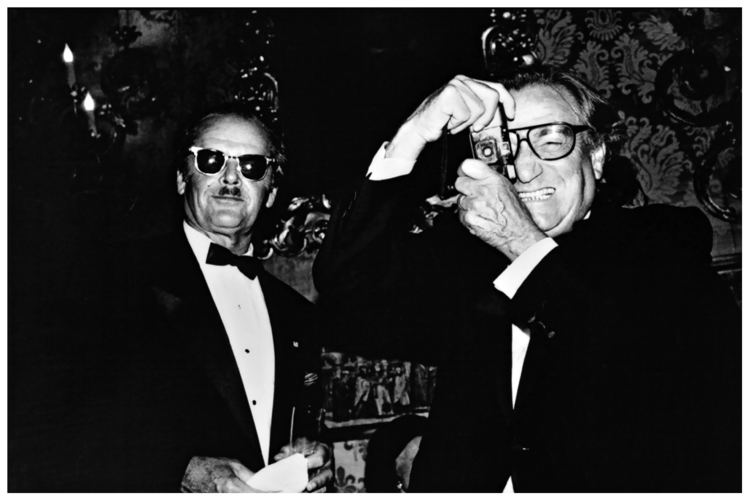
Marilyn monroe innocent close ups by famous italian photographer willy rizzo 1962
Early career
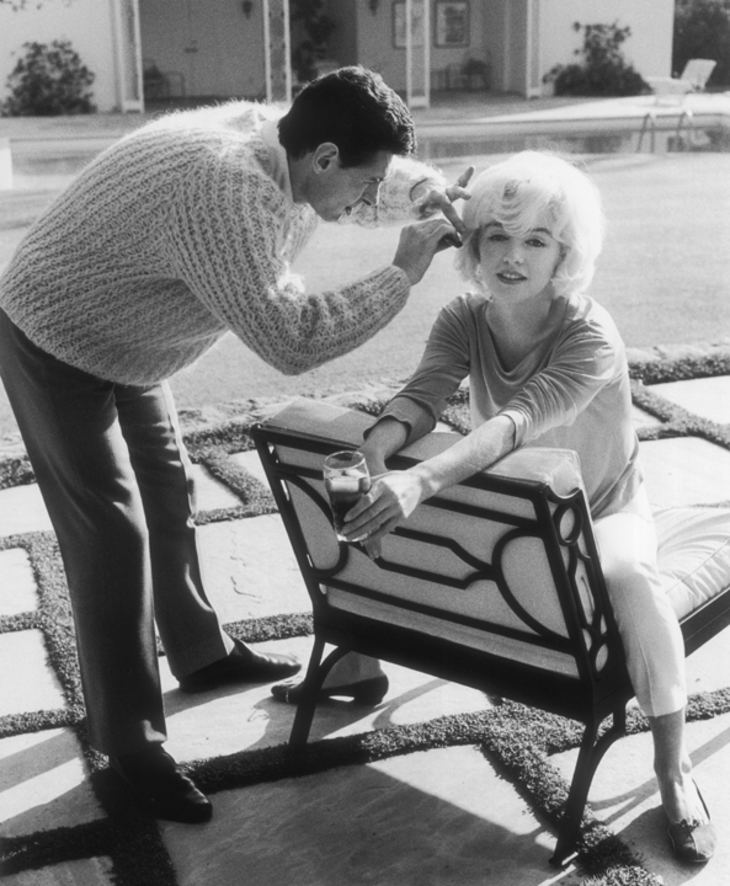
Rizzo was born in Naples, Italy. After he moved to France with his mother in the 1930s, his passion for photography began very early. From the age of twelve, in the Italian college at Sédillot Street, Paris, he began shooting portraits of his schoolmates with the Agfa Box given to him by his mother. Following World War II and the occupation of France, Rizzo was hired by Point de Vue and travelled to Tunisia to photograph the aftermath of the conflict in North Africa. Capturing the burned out husks of tanks set against low sunsets aroused the attention of Life, who bought his report.
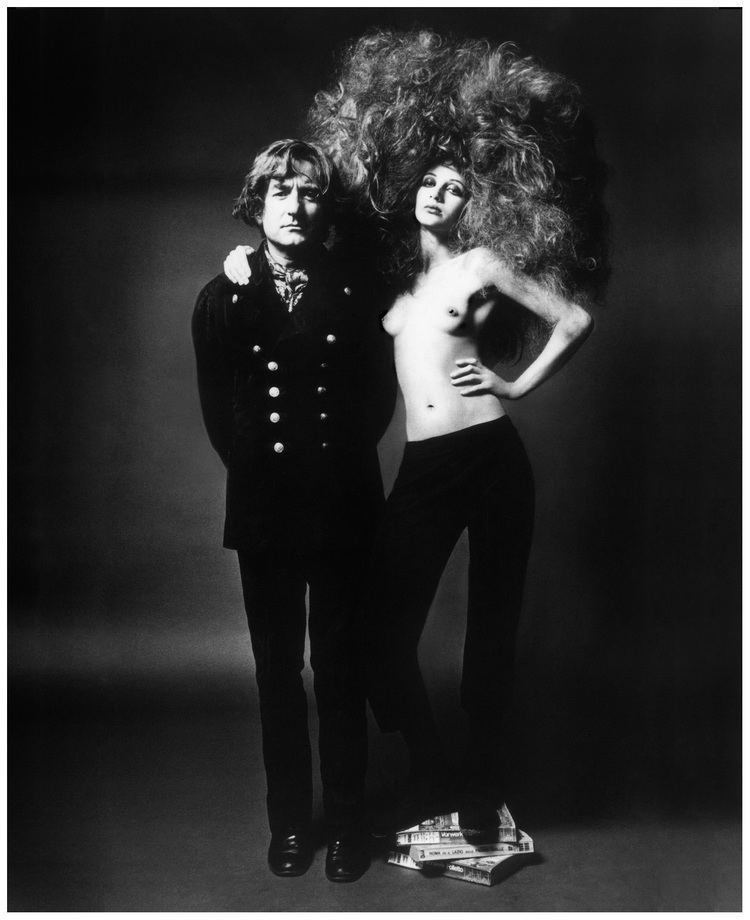
Following this period, Willy Rizzo was recruited by France Dimanche, a publication that covered the private life of celebrities, an arena Rizzo would come to know very well. Willy was sent to Cannes with unlimited funds to cover the first Film Festival. Due to his skill, charm and flair, he managed to capture images of princes, princesses, playboys and starlets in a manner unlike any other
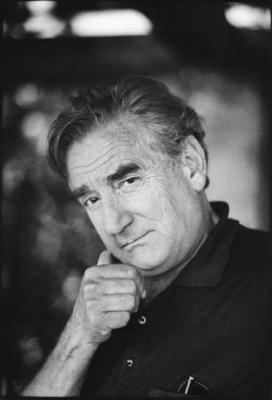
Attracted by the allure of the United States and the then still mythical world of the Californian celebrity, Rizzo travelled to New York to work with the Black Star Agency in the developing America of the post-war years. During this time, he succeeded in capturing and reporting on Hollywood legends, such as Gregory Peck and Gary Cooper.
Paris Match
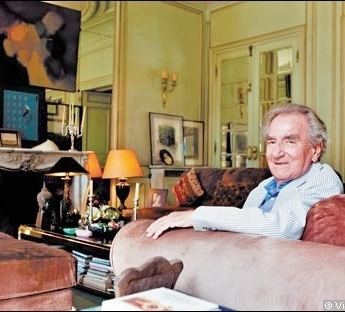
In late 1948, Willy began an illustrious twenty-year career with Paris Match that would have him photograph some of the greatest names of the golden age of photojournalism. Married later to actress Elsa Martinelli, Rizzo enjoyed unparalleled access to the stars; Brigitte Bardot, Sophia Loren, Marilyn Monroe, Vivien Leigh, Audrey Hepburn, Jane Fonda, Gene Kelly, Fred Astaire, Salvador Dalí and Pablo Picasso all found themselves in front of Rizzo’s lens. Willy photographed Marilyn Monroe in February 1962. He was one of the last photographers to take pictures of her. Assignments with Paris Match would also take him to the Nuremberg Trials and the French Indochina war.
Furniture design
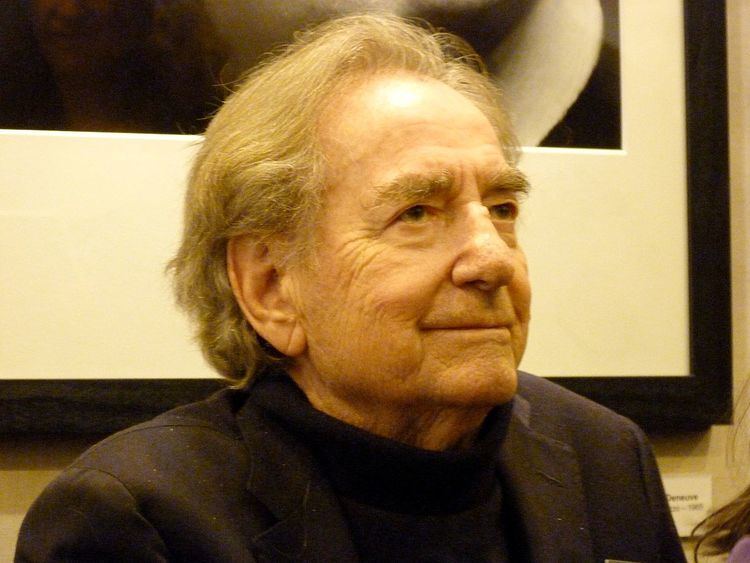
Imagination and necessity launched Willy Rizzo into the world of furniture design. As a photographer of playboys and starlets, he had a ready-made customer base eager to build their living quarters around an ultra-modern Rizzo piece and items that remain as timeless as his images.

Rizzo’s original venture into furniture design began in Rome and took place during an often reported visit to a Roman hair salon on the Piazza di Spagna in 1966. By testing the hairdresser’s knowledge of local real estate agents, he ended up signing a six-month lease on an abandoned commercial apartment, barely habitable and without running water. Rizzo quickly set about turning the empty office into a living space, complete with brown and gold walls and custom-designed sofas, coffee tables, consoles and hi-fi storage units.
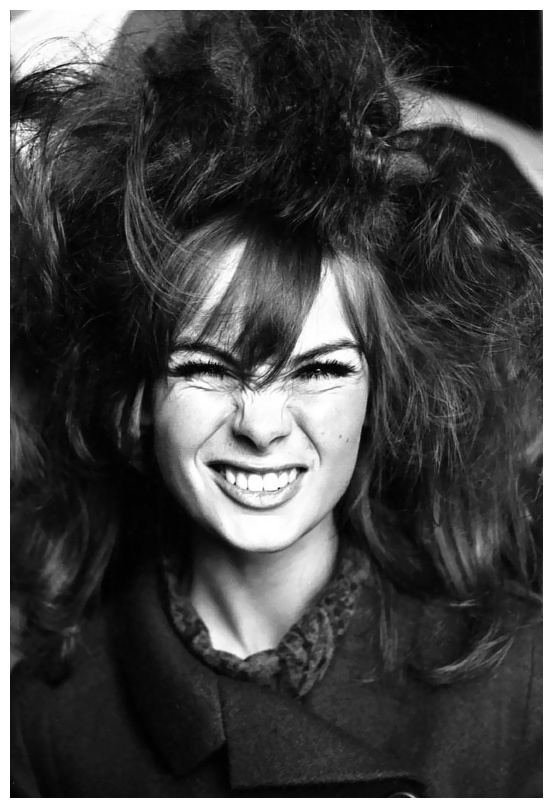
Using a small group of local artisans recommended by the hairdresser who pointed him toward the accommodation, he completed the customised apartment, which acted as a template of sorts for the majority of his commissions to come.
Though never his intention to become a furniture designer, Rizzo's friends, clients and contacts, many forming the upper crust of the fashion and film industries, fell in love with his creations and he was swamped with orders and requests.
Fittingly, Rizzo’s first commission came from Ghighi Cassini, the American Hearst newspaper columnist and socialite who coined the term "jet set" to describe the socialites and socialite lifestyle that Fellini immortalised in La Dolce Vita. Willy’s work for Cassini effortlessly blended neoclassicism with modern styles and its success brought a swathe of Italian high-society to him.
Willy Rizzo was uniquely placed as a designer for the Dolce Vita, being himself a part of the world for which he was designing. Infamous playboys, such as Rodolfo Parisi, Gigli Rizzi and Franco Rapetti, were some of his earliest clients. Salvador Dalí commissioned a number of pieces, as did Brigitte Bardot for the interior of La Madrague in St. Tropez. Being a consummate playboy of the era, Rizzo’s client list is testament to how close his furniture was to the mark.
By 1968, Willy’s work was in constant demand, leading to the setting up of his own firm and the establishment of a factory just outside Rome at Tivoli, which employed over 150 staff, including the original team from his early apartment transformation.
Over the following ten years, Rizzo designed and produced more than thirty pieces of furniture, including the famous steel-banded travertine dining tables and bronze table lamps, all of which were handmade. He opened boutiques across France and Europe and had points of sale in New York City, Miami and Los Angeles. However, in 1978, Rizzo gave it all up to return to photography, his first love.
Willy Rizzo's furniture design channelled the sophistication of Mies van der Rohe and Le Corbusier, his pieces combining clean, simple lines with bold geometric forms and a delicate handling of materials. His lack of formal training in furniture design placed him outside Italy’s strong, indigenous design traditions, making his style utterly unique at the time.
While Rizzo bought into the modernist principles of functionality and simplified forms, he deliberately avoided mass production, modern materials and industrial design, despite designers such as Giò Ponti endorsing the movement. Rizzo remained focused on a doctrine of traditional materials and craftsmanship, a response to the contemporary cultural environment, as opposed to current design trends.
“It was never about recreating classic styles in modern furniture, that wasn’t the point. It was about creating something new for a traditional setting,” Rizzo explains.
Willy Rizzo's furniture is now widely exhibited, notably in the Metropolitan Museum in New York. He returned to furniture design for a period in the late 1980s and then again in the mid-2000s, in collaboration with Paul Smith and Mallett Antiques. In 2010, at the age of 82, he opened his first gallery in Paris with the help of his wife, Elsa and his son, Willy Rizzo, Jr.
